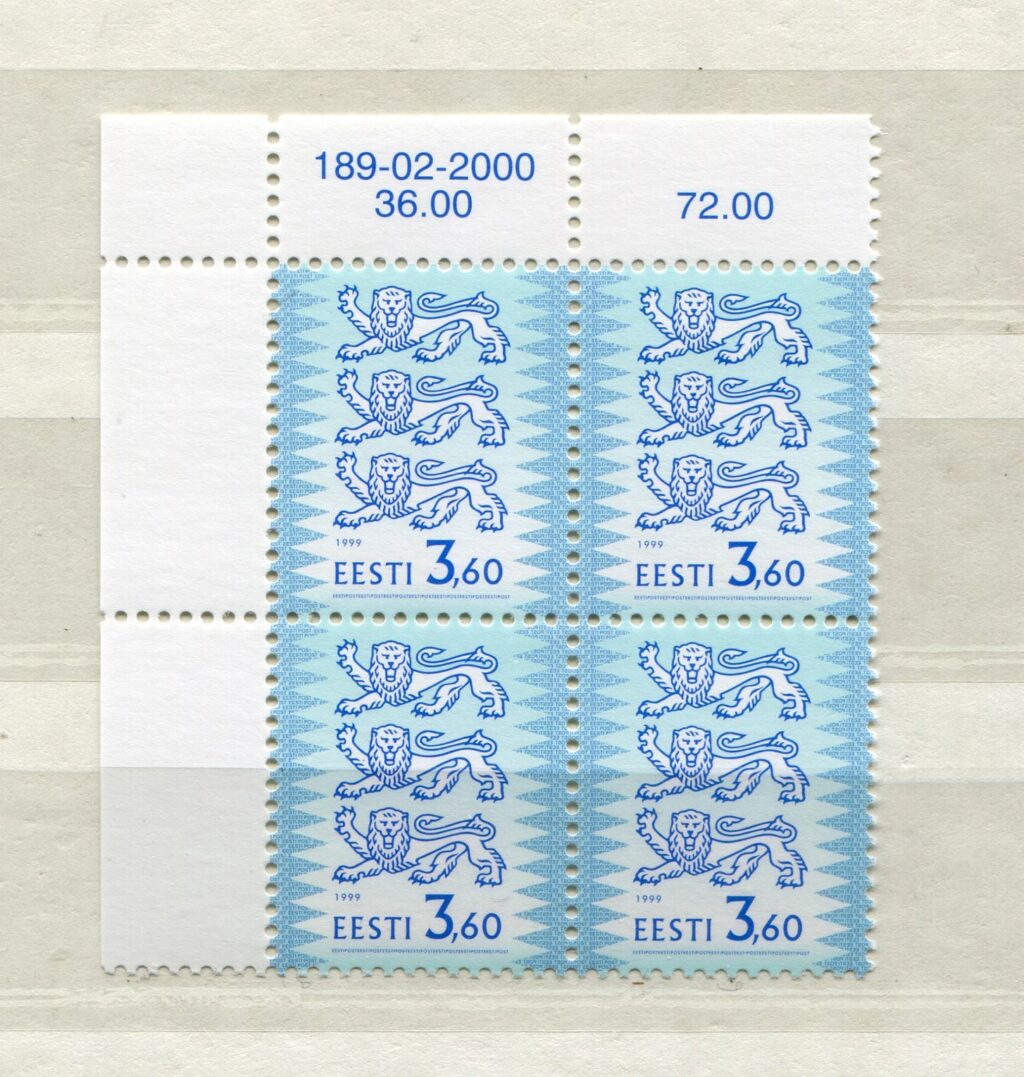
Introduction
Estonia, a small nation located in Northern Europe along the Baltic Sea, is gaining recognition for its rich cultural heritage, technological advancements, and stunning natural landscapes. With a population of approximately 1.3 million, Estonia has adeptly blended its historical roots with modern innovation, making it an attractive destination for tourists and investors alike.
A Glimpse into Estonia’s History
Estonia has a rich history that dates back to the early medieval period, marked by its struggle for independence and its affiliations with various empires. It was under Swedish, German, and Russian rule over the centuries. The country gained its independence from the Soviet Union in 1991, a pivotal moment that has shaped its current identity.
Cultural Significance
Estonia boasts a vibrant culture characterized by folklore, music, and literature. The capital city, Tallinn, is a UNESCO World Heritage site, known for its well-preserved medieval architecture and cobblestone streets. The annual Tallinn Music Week and Viljandi Folk Music Festival attract thousands of visitors, showcasing local talent. Additionally, Estonia celebrates its unique traditions during the Jaanipäev (Midsummer) festival and other cultural events that resonate with its ancient rituals.
Technological Advancements
Notably, Estonia is one of the most digitally advanced countries in the world. It has implemented e-governance, allowing citizens to access public services online, and was the first nation to offer e-residency, enabling global entrepreneurs to start businesses in the country. In 2023, Estonia continues to lead in technological innovation, with a focus on cybersecurity and digital literacy, demonstrating its commitment to advancing into the future.
Natural Beauty and Tourism
Estonia is renowned for its stunning natural landscapes, including forests, lakes, and more than 2,000 islands. National parks such as Lahemaa and Soomaa are popular for hiking, kayaking, and wildlife observation. Tourists flock to the summer islands of Saaremaa and Hiiumaa, with picturesque beaches and a tranquil atmosphere. As travel restrictions ease, Estonia is poised to welcome an influx of tourists eager to explore its allure.
Conclusion
Estonia stands as a testament to resiliency and foresight, combining rich history with a forward-looking approach. With its cultural heritage, technological innovations, and breathtaking landscapes, Estonia is more than just a destination; it is a compelling narrative in the European landscape. As the country continues to evolve, it remains significant for tourists, investors, and explorers seeking a unique experience in the heart of Europe.



